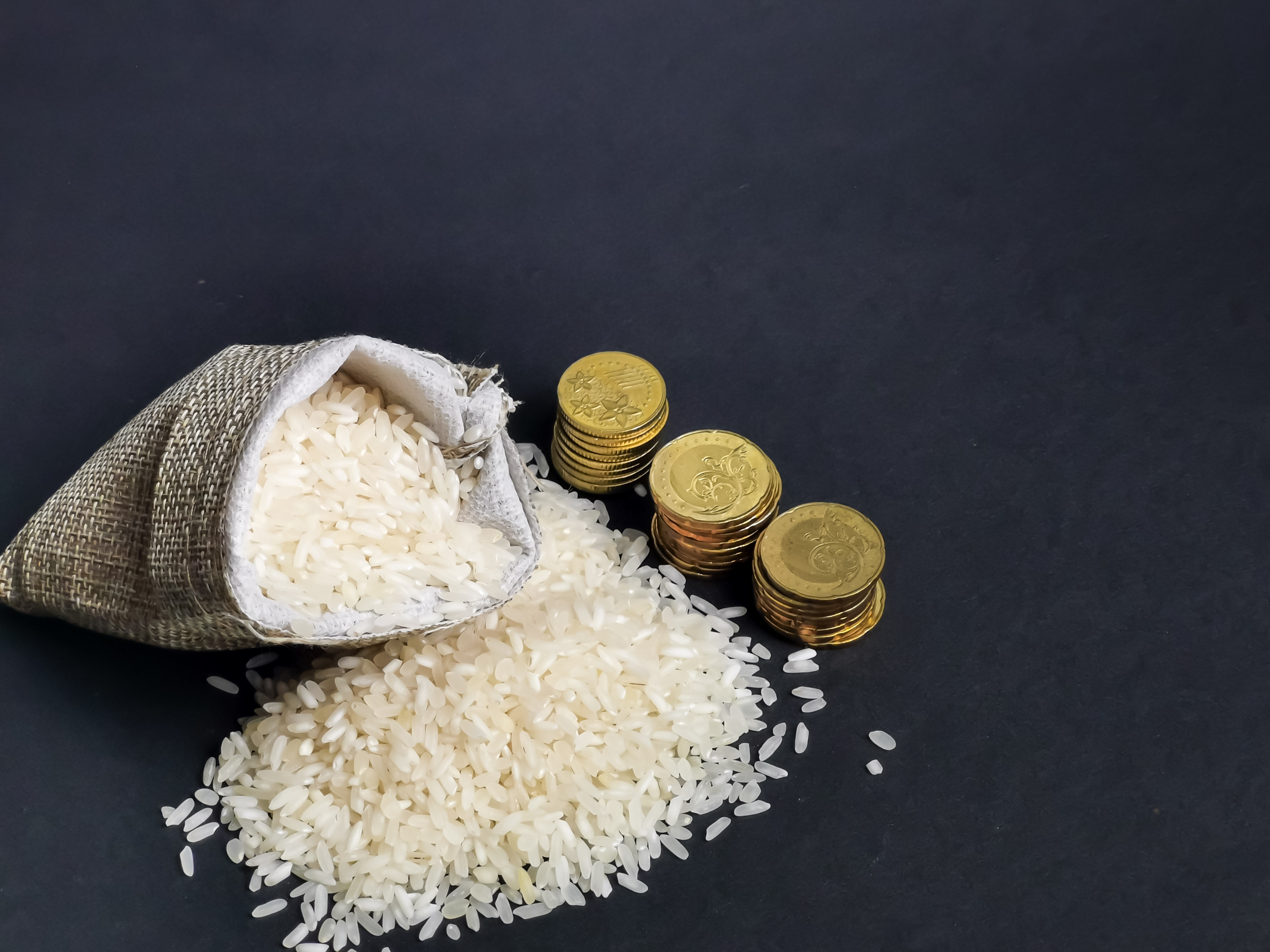Hello, nice to meet you here!
How can we help you?

Although today we mainly consider rice as a basic and essential food in our Mediterranean diet, for centuries it also had a very important economic function: that of a currency. In many rural areas of Catalonia, especially between the 16th and 18th centuries, rice was used to make payments and exchanges in a context in which the circulation of official currency was scarce or completely non-existent.
An economy of subsistence and exchange
In many coastal towns and, especially, in the fertile lands of the Ebro Delta, life revolved around agriculture and, specifically, the cultivation of rice. The combination of fresh water, alluvial soil and humid climate turned the Delta into one of the most important rice-producing centers in the territory. This cereal, easy to preserve and transport, was considered a safe asset, commonly used to pay for services, settle debts or, above all, to make exchanges.
In the absence of fractional currency or in periods of economic instability, rice became an almost universal unit of measurement. A day laborer could receive part of his salary in sacks of rice, just as a doctor or a rural teacher received compensation “in kind” in exchange for his services.
Taxes and tithe in kind
During the Ancien Régime, one of the most important fiscal burdens for the Catalan peasantry was the tithe. This was a feudal tax that forced farmers to deliver a tenth (ten percent) of their harvest to a lordly authority, often the Church, but also to nobles or institutions linked to the monarchy.
This tax could be paid in kind or in cash, but in many rural areas where money was scarce, as was often the case in the Ebro Delta, it was preferred to deliver part of the harvest. Rice, due to its preservation capacity, its high nutritional value and its stable demand, became one of the most common forms of payment in these lands where rice cultivation was dominant.
Tithe collectors, known as dellators or procuradors del tithe, collected the cereal and stored it in ecclesiastical or manorial granaries. This rice could later be used to feed religious communities, to care for the poor, to support charitable institutions or, simply, to be sold to obtain cash income.
This system put a lot of pressure on small farmers, who usually had to deliver a significant part of their production even in years of poor harvests. In addition, tithes were collected as a tenth of the estimated harvest, and this generated tensions and complaints among rural communities.
With the arrival of liberal reforms and the ecclesiastical confiscation of the 19th century (also known as the Mendizábal confiscation), the tithe system was progressively abolished, putting an end to a practice that for centuries had strongly conditioned the relationship between peasantry, nobility and Church.
Rice, a symbol of wealth and stability
Having sacks of rice stored not only guaranteed family food, but also served as a reserve of value. In times of poor harvests or crisis, it could be exchanged for other foods, clothing, tools or services. This central role of the cereal consolidated rice producers as key figures in the local economy.
A global curiosity: rice as currency in other cultures
The use of rice as a form of payment is not exclusive to Catalonia. For example, in feudal Japan, rice was so valuable that it was used to pay samurai and government officials in sacks called koku (a unit that was equivalent to the amount of rice needed to feed a person for a year). Also in several regions of Southeast Asia, rice has played a key role as an informal currency in local economies.
Rice was much more than a food between the 16th and 18th centuries in Catalonia. In areas such as the Ebro Delta, it became a true natural currency, accepted and respected by everyone. This economic function of the cereal reminds us how the land's resources can acquire a social and economic value far beyond their food use, and how the community organized itself creatively to cover needs without relying exclusively on the official currency.

